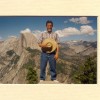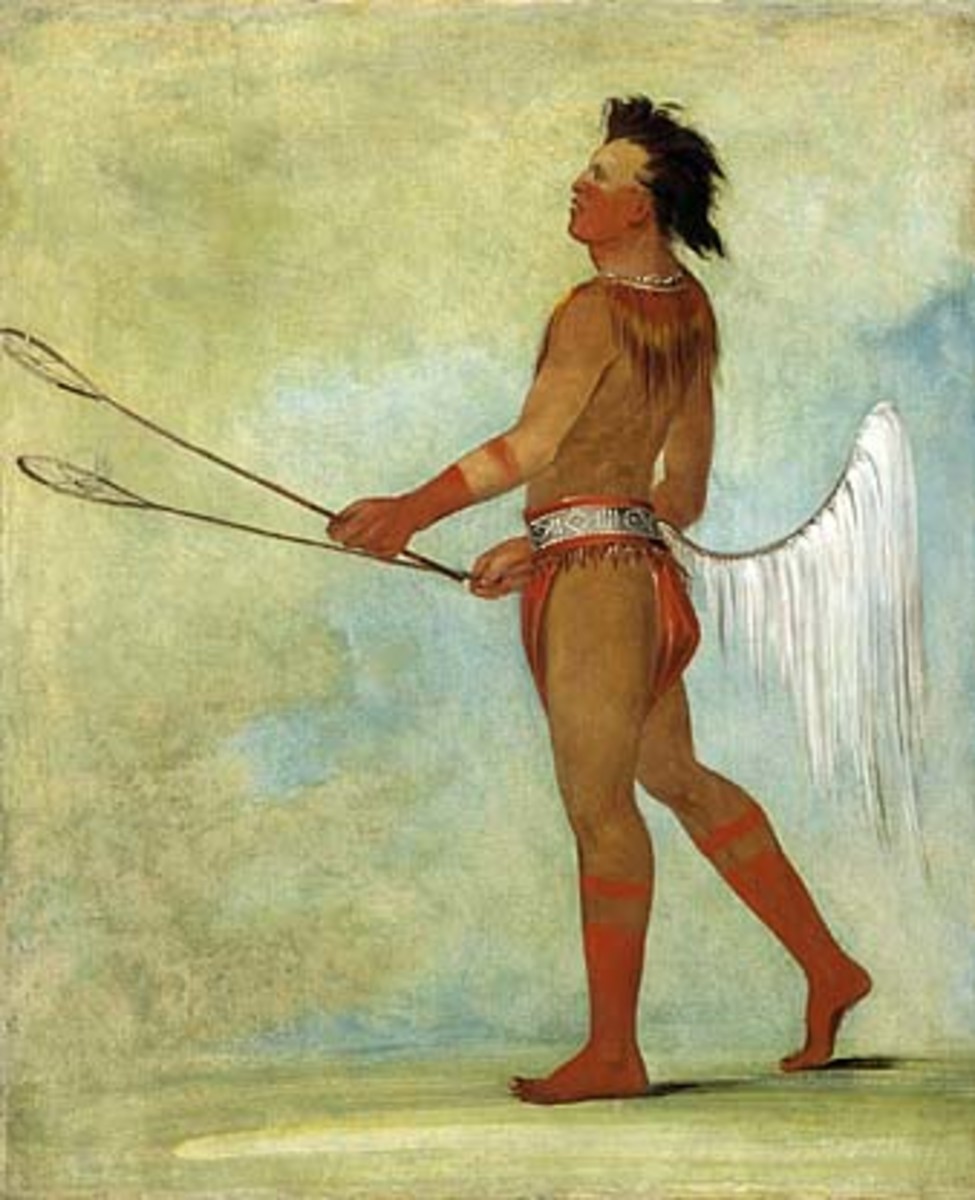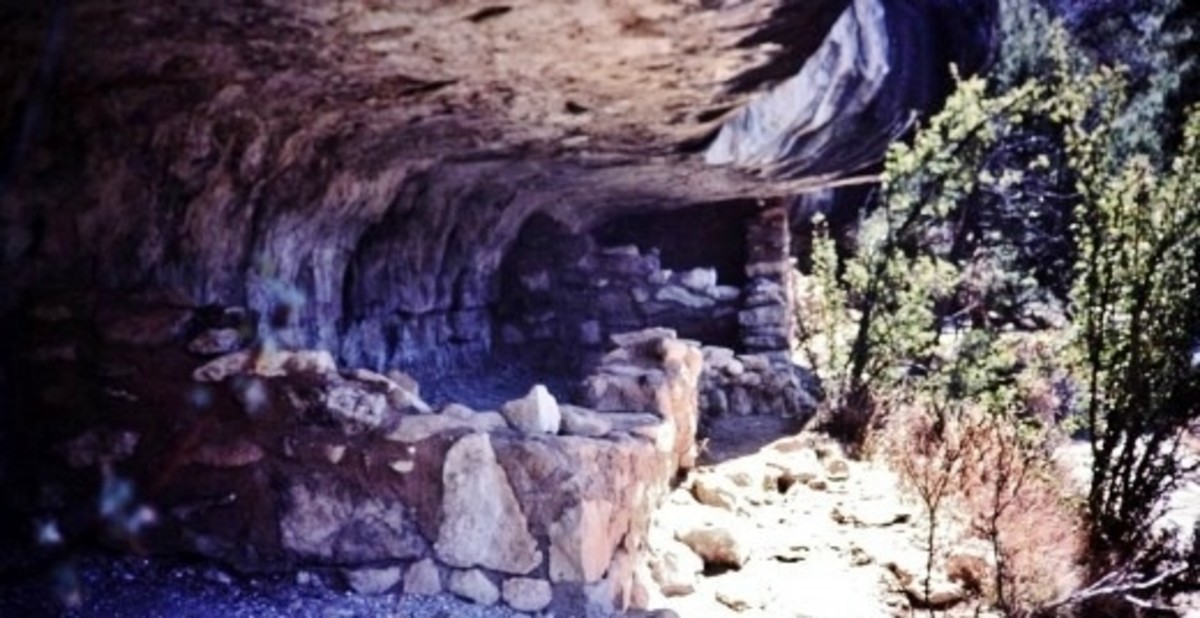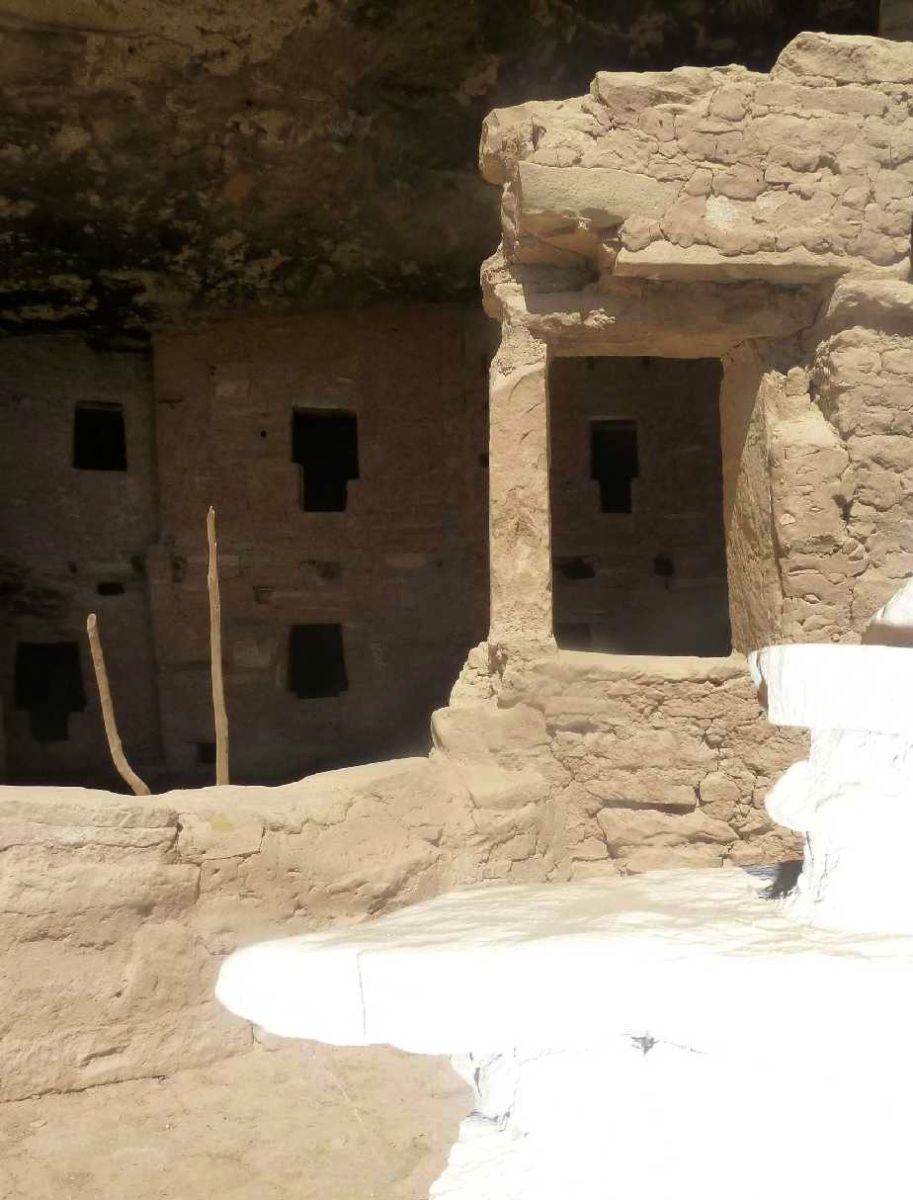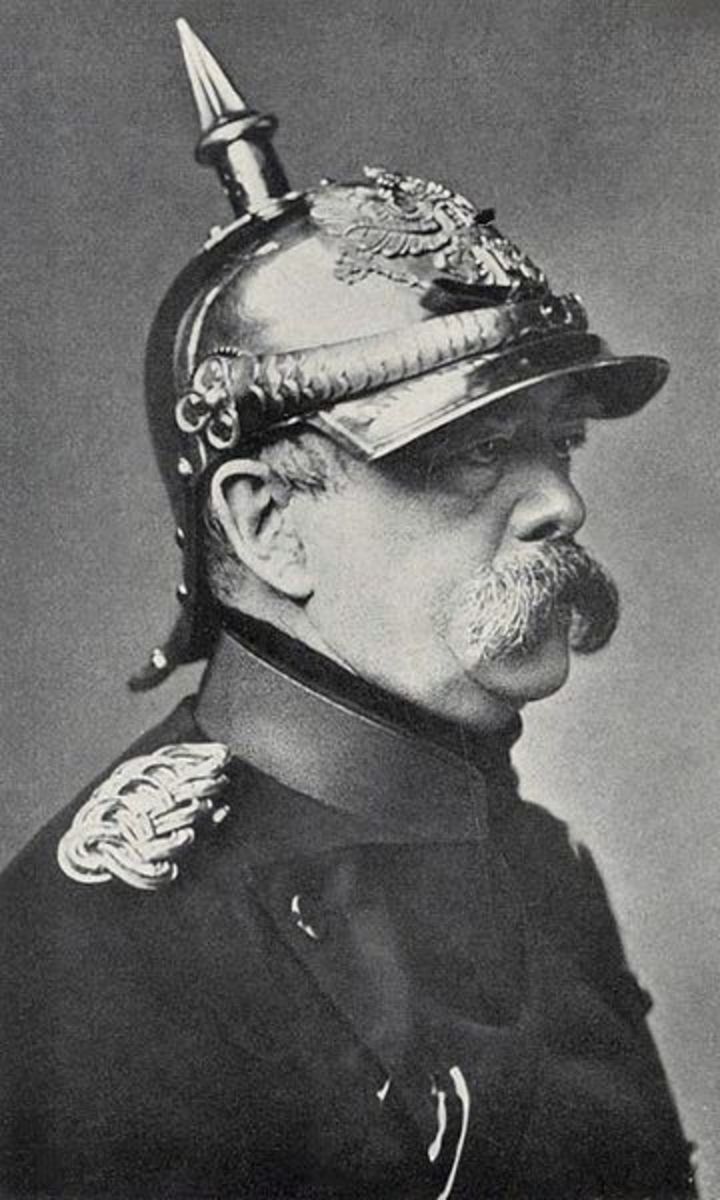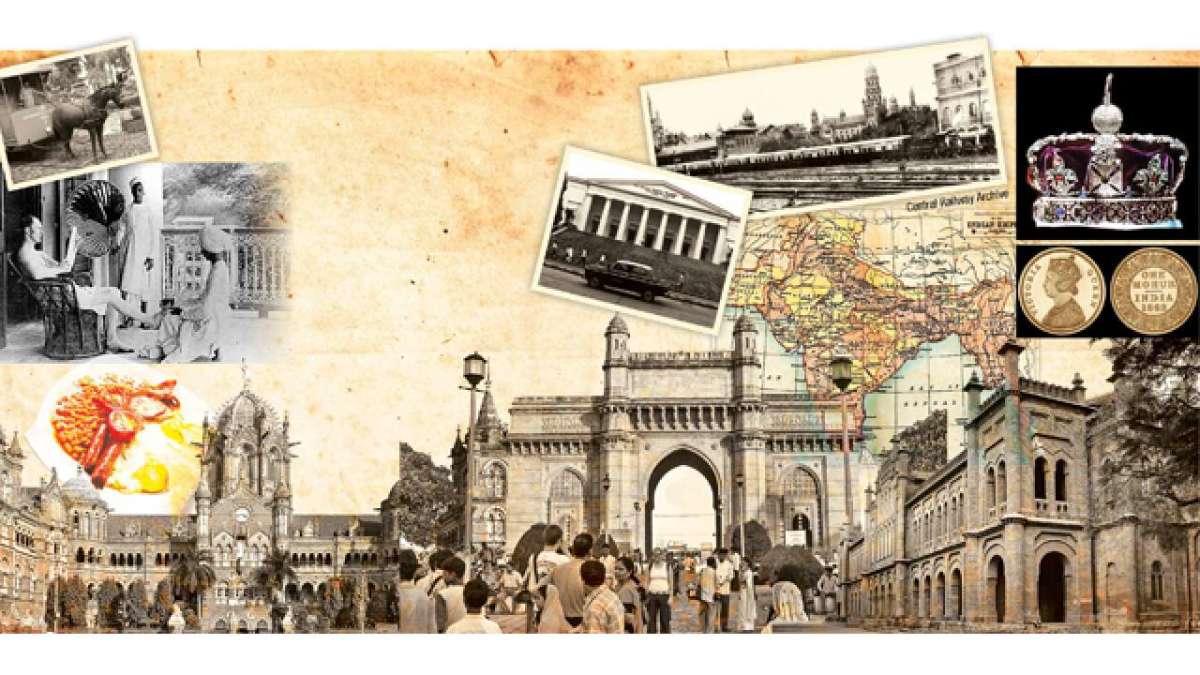The Twenty One Pueblo Nations of America
Location of the Pueblos in the Salinas Basin
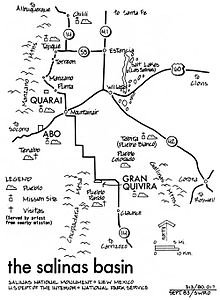
The Twenty One Federally-Recognized Pueblos in the United States
The twenty one modern Pueblos in the following list above are considered by archaeologists to be descendants of the more ancient cultures that are studied as Fremont, Hohokam, Mogollon, Parayan, Sinagua, Trinchderas and Rio Sonora peoples. Each of these ancient cultures is generally recognized as individual cultures based upon their location and their extant dwellings. These groupings have historically been recognized and categorized by dwellings that have been found and discovered throughout modern history, some for centuries. In general, the overall category of all of these ancient people fall in the Pueblo grouping, but there are distinguishing features that make each of them different. An internet site that provides interesting insights on the Pueblo areas of Utah can be found at wildernessutah.com, put together by Dr. John Jones.
It is interesting to note that there are still many areas that even today remain somewhat undiscovered and undisturbed regarding Pueblo artifacts; this is evidenced by the recent opening up of the the Range Creek pueblo dwellings of the Fremont grouping. These ruins are on formerly private land and thanks to the owner and caretaker of the area, the rancher Waldo Wilcox, the dwellings were basically protected in their original condition. The State of Utah working in conjunction with the University of Utah are attempting, together, to preserve and investigate the area. Dr. Jones, previously mentioned, was able to obtain permission to visit the Range Creek site, obstensibly to provide medical training, but also because of his love of the back areas of Utah.
Sipapu symbolizing the hole where the ancient ones entered this plane of existence
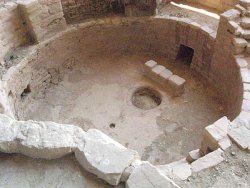
The Ancient Ones
The Modern Term, Anasazi, for Pueblos is a No-No
The term "Anasazi" that is commonly employed by archaeologists to designate the Pueblo tribes is thought to have its roots in a Navajo term meaning "Ancient Ones" or Ancient Enemies." The Pueblo people do not like the usage of a Navajo term for their people, ancient or not. Yes, there is some degree of accuracy in the use of the term for the Pueblos and the Navajos were historic enemies. Even now with the Pueblo Nations basically enclosed within the much larger Navajo reservation, they remain enemies to some degree. The numerically smaller Pueblo peoples feel that they are constantly being encroached upon by the Navajos with some degree of accuracy in the situation.
The oral traditions of the Pueblo people state that the ancient Pueblo people originated from Sipapu, the opening where their ancient ancestors entered this plane of existence from the mythological underworld. They believe that their chiefs, guided by spirits, journeyed throughout the North American continent looking for a place to settle; they finally settled in the ancient Pueblo areas before they finally moved to their present locations. This process according to the tradition took several hundred years. The "ancient areaSipas" are found throughout the four corners areas of the southwest as well into neighboring states and the Mexican states of Chihuahua and Sonora.
The photo portrays Sipapu, a Hopi word describing a small hole or indentation in the floor. This hole is found in the ancient Pueblos as well in modern times. The Sipapu symobolizes the hole where the ancestors of the Pueblos entered this plane of existence, where they first entered this world from the underworld.
The Eight Northern Pueblo Nations in New Mexico
Eight Pueblo Nations in Northern New Mexico
- Nambe Pueblo (People of the Round Earth) - Formerly the primary cultural and religious center for the Pueblo people, but now emphasizing jewelry, sculpture and traditional pottery. The dances of the Nambe Pueblo are revered with the Elk Dance taking place only every four to seven years on the October 4, Nambe Feast Day.
- Picuris Pueblo (Pinguiltha, meaning "mountain warrior place" or "mountain pass place" and People of the Hidden Valley) - Named Pikuria - those who paint - by Spanish colonizer Juan de Oñate. The Picuris craftsmen produce an unusual pottery, different from most Pueblo art, in that it is strictly urilitarian and without ornament. It is made of micaceous clay and has an interesting texture with a subtle glitter caused by the small chips of mica in the mixture.
- Pojoaque Pueblo (The water drinking or gathering place) - The Pueblo features their art in exhibits, they host traditional Indian dances on weekends and they work hard to preserve the traditional arts of the Tewa-speaking Pueblos.
- San Ildefonso (Where the water cuts through) - The Pueblo is well known as being the developers of black-on-black pottery with black matte designs. They act as the headquarters of the Eight Northern Indian Pueblos Council.
- Ohkay Owingeh Pueblo (Place of the strong people) - Named San Juan Pueblo by the conquistadors, the name later was returned to the tribal name of Ohkay Owingeh . The Pueblo currently is the headquarters of the Eight Northern Indian Pueblos Council. The residents of the Pueblo are from the Tewa ethnic group; it is one of the largest Tewa-speaking pueblos.
- Santa Clara Pueblo (Of the Puyé Cliff Dwellings) - Noted for its pottery, such as redware, carved blackware, melon bowls, polychrome and other artistic mediums.
- Taos Pueblo (The village) - The Taos people are very skilled in leather work which is evident in their drums and moccasins. The Pueblo like many other Pueblos chooses to remain quite traditional all aspects of their live. For instance, Tiwa-speaking members living in the old Pueblo do not use electricity or indoor plumbing. The pueblo stands as the largest surviving pueblo structure in the United States and it is still occupied. A beautiful poem, A Taos Hymn, about the Taos Pueblo has been written by Catharine Savage Brosman.
- Tesuque Pueblo - Te Tesugeh Oweengeh which means small village of the "Narrow Place of the Cottonwood Trees" and located in the Sangre de Christo Mountains. One of the most traditional of all New Mexico Pueblos in observing ceremonies and preserving culture; they primarily speak their native Tewa language along with English and some Spanish.
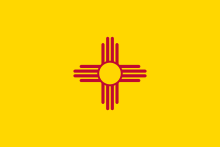
The Ten Southern Pueblo Nations in New Mexico
The Other Pueblo Nations in New Mexico
- Acoma Pueblo (People of the White Rock) - Acoma pottery dates back to more than 1,000 years ago. Dense local clay, dug up at a nearby site, is essential to Acoma pottery. The pottery is made with many geometric patterns, with thunderbirds, and rainbows among other images. thunderbirds, and rainbows are traditional designs, which are applied with the spike of ayucca. Upon completion, a potter would lightly strike the side of the pot, and hold it to their ear. If it pot does not ring, then the pot will crack during firing. If this was found, the piece would be destroyed and ground into shards for future use
- Cochiti Pueblo (Kotyit) - The people of Cochiti primarily communicate in their native tongue of Keres. They believe in retaining their culture and take all possible steps to teach and educate the younger generation in the Pueblo traditions and culture. Of course, they emphasize Keres in their language classes. The Pueblo is noted for fine craftsmanship in jewelry, pottery, and drums. They also have a tradition of storytelling, the students learn the tales and traditions of the tribe.
- Isleta Pueblo (Spanish for "little island") - The pueblo is not very "little", having a land area of about 212,000 acres of land. During the Pueblo Revolt of 1680, many of the people fled to the Hopi reservation with the result being intermarrying of the tribes. Many of the Isleta men returned with Hopi wives.
- Jemez Pueblo (hay mish or "The people") - The main Jemez Pueblo village, Walatowa (meaning "This is THE place"), is open to visitors only during feast days. Jemez is noted for being the only remaining Towa-speaking pueblo. Jemez is noted for its running tradition from ancient times right up to the present; the pueblo is also noted for its artistry. As noted on the Hub page link to the pueblo, Jemez runner, Steve Gapuchin, set a record six straight wins of the Pike's Peak Marathonin in the years 1966-1971. Steve competed in the marathon 21 times from 1966-1997 and was in the top ten finishers seven times. His overall record for his 21 races can be found here. In 1830 the survivors of the Pecos (Cicúye) Pueblo, 30 in number, fled for refuge to the Jemez Pueblo and remain as a separate pueblo within a pueblo.
- Kewa (formerly known as Santo Domingo) Pueblo (Gipuy) - In 2009, the pueblo officially changed its name to Kewa Pueblo.
- Laguna Pueblo (Ka'waika) - Laguna is a large Keresan-speaking pueblo of about 8,000 people and comprised of six major villages, Laguna, Paguate, Encinal, Mesita, Seama, and Paraje.
- Sandia Pueblo (Tuf Shur Tia, meaning "Green Reed Place) - Sandia was the largest of the Northern pueblos when the Coronado visited the pueblo in 1539; he noticed that the mountains glow with a deep red color at sunset, which the Spanish likened to sandia, the Spanish word for watermelon. During the Pueblo Revolt in 1680, the people fled to the Hopi Pueblo. They then returned in the mid-1700s; the old village can presently be seen in ruins near the church. In addition to agriculture, the Pueblo has a diverse economy featuring several major enterprises one being sand and gravel mining leases which provide royalties on the tonnage extracted.
- San Felipe Pueblo (Katishtya) - Keresan is the Pueblo of San Felipe's native language and the Keres language is taught and spoken by San Felipe families and elders. The pueblo is very conservative and is very protective of its Keresan traditions. The unique features of the Pueblo, the center of the attraction on feast days, is the huge sunken bowl of the plaza, three feet below the level of the surrounding space. Used for centuries for ceremonial occasions, it has been worn away until today it is an ideal stage for the colorful spectacles. which the women of the Pueblo create is now again available in the shops. Heishe of exceptional quality is again being produced by a few artisans at San Felipe, in the ancient tradition of fine workmanship for which they are noted. Farming has been the principal occupation of the men of San Felipe, as well as employment in various trades in Albuquerque.
- Santa Ana Pueblo (Tamaya) - The 79.000 acre pueblo is made up of three villages: Chicale, Ranchitos and Rebahene. The people of the Santa Ana Pueblo usually maintain one of two possible locations of residence, one their farming community along the Rio Grande and the other a more traditional home on the north bank of the Jemez River.
- Santo Domingo Pueblo - Now called Kewa Pueblo (above).
- Zia Pueblo (Sia) - In 1582, Spanish explorer Antonio de Espejo, visited the Tsiya Pueblo, a very large pueble. Later the Spanish later shortened the name of the pueblo to Zia. As Wikipedia reports:
"The Zia Indians of New Mexico regard the Sun as a sacred symbol. Theirsymbol, a red circle with groups of rays pointing in four directions, is painted on ceremonial vases, drawn on the ground around campfires, and used to introduce newborns to the Sun. Four is the sacred number of the Zia and can be found repeated in the four points radiating from the circle. The number four is embodied in:
- the four points of the compass (north, south, east, and west);
- the four seasons of the year (spring, summer, autumn and winter);
- the four periods of each day (morning, noon, evening and night);
- the four seasons of life (childhood, youth, middle years and old age); and
- the four sacred obligations one must develop (a strong body, a clear mind, a pure spirit, and a devotion to the welfare of others), according to the Zia's belief.
The symbol is featured on the Flag of New Mexico and in the design of both the New Mexico State Capitol and New Mexico's State Quarterentry as well as the state highway marker. But given its history, the Pueblo would like people to first request permission before using it."
The Zia pueblo is noted for its pottery and the use of their sun symbol in many places in contemporary culture.
- Hopi Pueblo Tribe of Arizona
- Ysleta Del Sur Pueblo Nation of Texas
- Zuni Pueblo Nation of the Zuni Reservation of New Mexico
1850 Ilustration of Jemez Pueblo
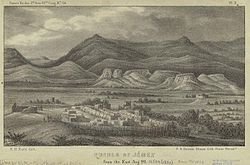
The Land of the Pueblos
- The ancient ancestors of the modern Pueblo Nations were basically a tribal culture that historically held tenure over the four corners area of the United States encompassing the junction of the states of Arizona, Colorado, New Mexico and Utah along with one pueblo in the state of Texas. Evidence of Pueblo dwellings have also been located in Idaho and the Mexican States of Chihuahua and Sonora.
- The Pueblo people are commonly considered today to have been cliff dwellers, but they also lived in pit houses and pueblos, as well as in the easily defended cliff dwellings. Apparently a large proportion of their energies and resources were centered on the need to provide protection to their tribal members from enemy attacks.
- Modern archaeologists often refer to the Pueblo tribes as the Anasazi, a degrading term as far as the Pueblo people are concerned because the root of the word is in a Navajo term meaning something like, "the friends of our enemies."
